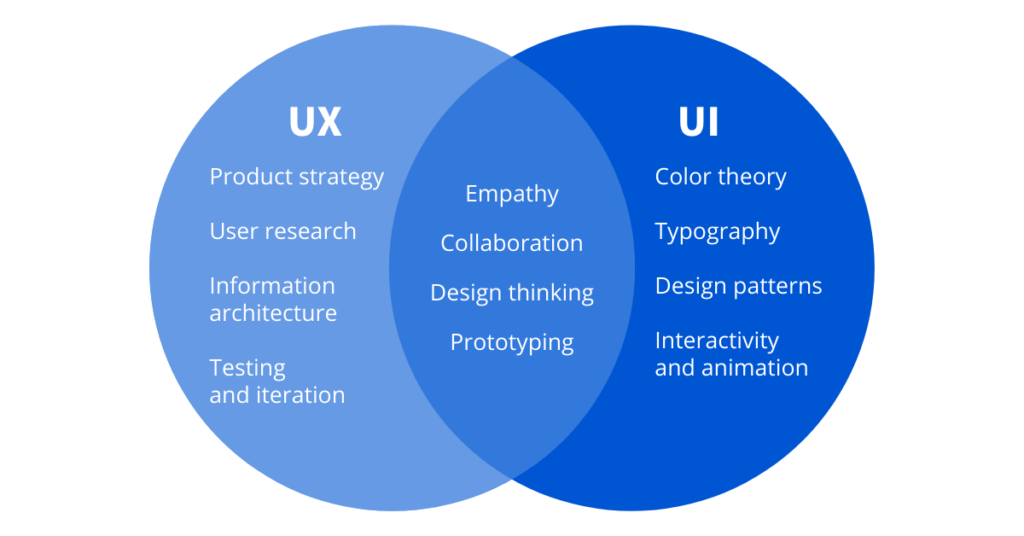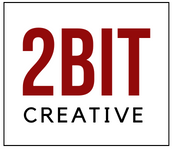I’m often asked what’s the difference between UX (User Experience) Design and User Interface (UI) Design. The two terms are often used interchangeably but they defer from each other in some key respects.
User Experience (UX)
User Experience, commonly referred to as UX, encompasses the overall interaction and emotional journey a user has while navigating a digital product. It delves into the broader aspects of usability, accessibility, and user satisfaction. UX design focuses on understanding users’ needs, behaviors, and pain points to create a seamless and engaging experience. The objective of the UX designer is to create a seamless and satisfying experience in using any product.
Key Elements of UX Design
- Research: UX designers conduct extensive research to gain insights into user behaviors, preferences, and motivations. This involves methods such as user surveys, interviews, and usability testing.
- Information Architecture: Creating a well-structured and intuitive information hierarchy is crucial for enabling users to find and access content effortlessly.
- Wireframing and Prototyping: Wireframes and prototypes visually represent the user journey and interactions, allowing designers to test and refine their concepts before implementation.
- Usability: UX designers prioritize creating interfaces that are easy to use and navigate, minimizing friction and frustration for users.
- Accessibility: Ensuring that the digital product is usable by individuals with disabilities is a fundamental aspect of UX design, promoting inclusivity and diversity.

User Interface (UI)
User Interface, or UI, refers to the visual and interactive elements that users directly engage with when using a digital product. It focuses on the aesthetics and presentation of the design, as well as the layout and components that guide user interactions. It
Key Elements of UI Design
- Visual Design: UI designers are responsible for crafting visually appealing and consistent designs, including color schemes, typography, icons, and imagery.
- Layout and Composition: Arranging elements on the screen in a logical and aesthetically pleasing manner contributes to a user-friendly interface.
- Interaction Design: UI designers define how users interact with the interface, including buttons, forms, animations, and transitions.
- Responsiveness: Creating designs that adapt seamlessly to different screen sizes and devices ensures a consistent experience across platforms.
- Branding: UI design often incorporates the visual identity of a brand, reinforcing its personality and values through design elements.
User Experience (UX) and User Interface (UI) are complementary yet distinct disciplines within digital design. UX focuses on the holistic user journey, ensuring that the product is intuitive, efficient, and delightful to use. In UX the focus is on the user and trying to understand their experience interacting with the product. UI, on the other hand, is concerned with the visual and interactive aspects, creating an aesthetically pleasing and functional interface that aligns with the brand’s identity. Both UX and UI are essential for creating successful digital products that resonate with users and provide memorable experiences. Collaborating seamlessly between these two disciplines leads to designs that not only look great but also function seamlessly and fulfill users’ needs effectively.
